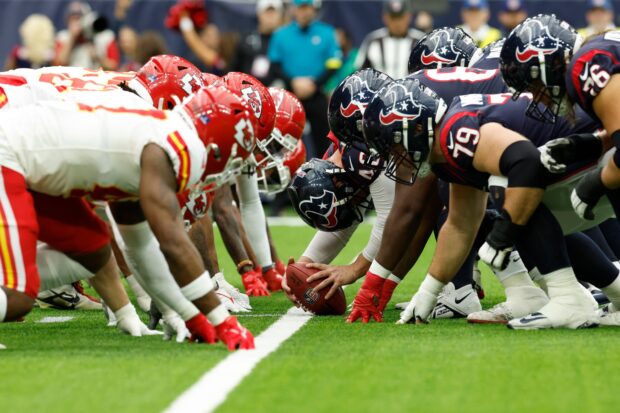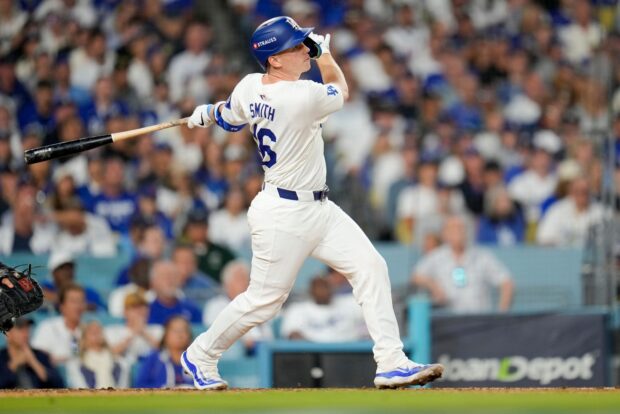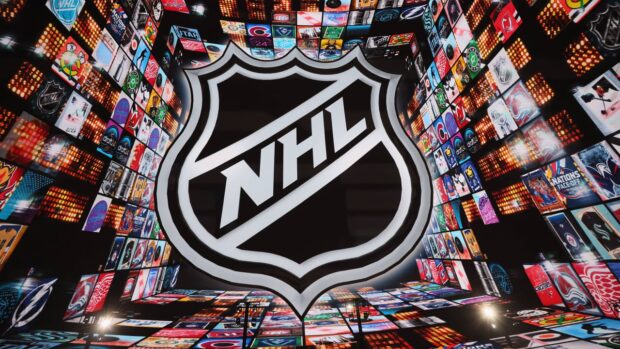For sports fans like me, there’s something timeless about a full stadium. The sound of the crowd, the sea of jerseys, the collective breath held during a buzzer-beater or a fourth-and-goal stand—these aren’t just game moments, they’re community rituals. In 2025, that ritual made a major comeback.
Across the board, U.S. sports leagues saw strong attendance figures—some breaking records, others bouncing back from years of lag. From NFL juggernauts to MLS underdogs with die-hard local fans, the story of 2025 is one of people showing up in person.
This article walks through the official attendance numbers for the five major U.S. leagues: NFL, MLB, NBA, NHL, and MLS—and what they tell us about the state of sports fandom today.
Key Highlights
- NFL led in total attendance again, driven by huge stadiums and a packed schedule.
- MLB had the highest number of individual games and a solid per-game draw.
- NBA broke average attendance records in 2025 thanks to star power and tight playoff races.
- NHL teams in non-traditional markets saw surprising spikes in ticket sales.
- MLS continued its rise, achieving record highs for both season totals and per-game turnout.
- Technology and dynamic pricing played huge roles in bringing fans back to stadiums.
1. The NFL: Still the Attendance Powerhouse

The National Football League once again proved that even with fewer games, it can outdraw any other league in total numbers. In 2025, over 18 million fans packed NFL stadiums, many of them gigantic venues that function more like entertainment cities than traditional sports facilities.
Think about it: with only 17 regular-season games per team, and just one game a week, every Sunday is an event. Tailgates, rituals, face paint—it’s more than just attendance, it’s devotion. Even with rising ticket prices, the numbers didn’t slow.
Interesting Facts:
- The Dallas Cowboys led the league with a staggering average of 92,000 fans per home game.
- Teams in colder regions like Green Bay and Buffalo still sold out, proving weather doesn’t scare off hardcore fans.
- Thursday Night Football attendance dipped slightly compared to Sundays, but digital engagement increased.
The NFL’s appeal remains deeply tied to tradition, betting interest, and fantasy leagues. If you’re someone who enjoys adding stakes to the action, platforms like bet365 offer detailed odds, live updates, and player props, adding even more engagement to every play—especially useful in a league with limited weekly matchups.
2. MLB: Baseball’s Long Schedule Brings Big Numbers

Baseball’s strength lies in its volume. With 162 games per team and 81 home games, Major League Baseball racks up attendance numbers that are hard to compete with—even if individual games draw fewer people than, say, an NFL contest.
In 2025, MLB bounced back from weather-related postponements early in the season to finish strong. Stadiums in warm-weather cities like San Diego and Houston hit record highs in the second half, while classic venues like Wrigley Field and Fenway Park saw full houses nearly every weekend.
What made this year different?
- A large number of teams were in playoff contention until the final two weeks.
- Rule changes sped up games, reducing the average runtime to 2 hours and 42 minutes.
- Several stadiums introduced dynamic seating zones—offering premium short-term upgrades mid-game via app.
The Los Angeles Dodgers led all teams in total attendance again, but don’t overlook the fan resurgence in smaller markets. Cincinnati and Pittsburgh, for example, saw double-digit percentage increases year-over-year thanks to emerging young stars and effective community outreach programs.
MLB may not dominate headlines daily, but in person, it remains one of the most accessible and family-friendly experiences in American sports.
3. NBA: Record-Breaking Crowds and the Return of Superstars

If 2024 was about transition, 2025 was the NBA’s full-speed comeback. This year’s attendance numbers weren’t just good—they were the highest in league history. The league averaged over 18,000 fans per game across its 30 teams, thanks in part to storylines that gripped fans from October through June.
The biggest contributors?
- Multiple teams had All-Star-caliber duos healthy and starting.
- Young stars in cities like Orlando and Sacramento brought fresh excitement.
- Playoff races in both conferences stayed unpredictable until the last 10 games.
Crypto.com Arena (Los Angeles Lakers) and Madison Square Garden (New York Knicks) led in packed houses, but some of the biggest jumps in attendance came from unexpected places like Oklahoma City and Cleveland—proof that when a team is exciting, the market size doesn’t matter.
Fans also embraced digital integration. In-arena experiences synced with fantasy tracking, real-time social feeds, and even instant highlights available on your phone seconds after a dunk or block. That crossover between in-person and digital fandom kept fans engaged like never before.
4. NHL: Modest Gains with Passionate Impact

Hockey might not dominate U.S. ratings, but NHL fans are among the most loyal. And in 2025, the league continued its slow-and-steady attendance climb, reaching over 21 million total fans across the season.
You could feel the buzz in expansion cities like Seattle and Vegas. Those teams have turned what were once fringe markets into die-hard hockey hubs. Even traditional strongholds like Boston and Toronto saw more fans attending weekday games, which have historically been a tougher sell.
Key Attendance Boosters in 2025:
- More themed nights and local promotions (e.g., discounted family nights or heritage celebrations).
- Better access to resale platforms with guaranteed pricing from teams.
- Enhanced in-game visuals with light shows, pregame projections, and interactive fan contests.
The NHL might be smaller in media coverage, but its live game energy is electric—and clearly, more fans are catching on.
5. MLS: A League on the Rise

It wasn’t long ago that MLS games struggled to fill half a stadium. But in 2025, that narrative is changing fast. With over 12 million total fans attending matches, the league hit its all-time high.
Why now? A few reasons:
- Star players from Europe are staying longer or returning earlier in their careers.
- Soccer-specific stadiums offer a more intimate and energized experience.
- Fans are younger, more diverse, and more tech-savvy, creating a social atmosphere unmatched by other leagues.
St. Louis City SC, in just its second year, managed to sell out every home match. Inter Miami continued to ride the Messi wave, and Atlanta United remained the attendance leader in the East.
MLS may not hit NFL numbers anytime soon, but it’s cornering a younger demographic with cultural momentum on its side.
What It All Means for the Future of Sports Fandom
Attendance tells us a lot about the health of a sport, but it also reveals something deeper: how people want to spend their time and money. In 2025, the message is clear—fans crave live connection. They want to be part of the roar after a goal, the cheer after a home run, or the gasp after a buzzer-beater.
The takeaway?
- The leagues that create great in-stadium experiences win big.
- Tech isn’t replacing live sports—it’s enhancing it.
- Dynamic pricing and mobile integration aren’t extras anymore; they’re expectations.
- Betting, fantasy sports, and digital content all drive deeper, more committed fandom.
So if you’ve been watching from the couch, maybe 2025 is the year you should consider grabbing a ticket. Because when you’re there in person, you’re not just watching history—you’re part of it.
 Jewel Beat
Jewel Beat

